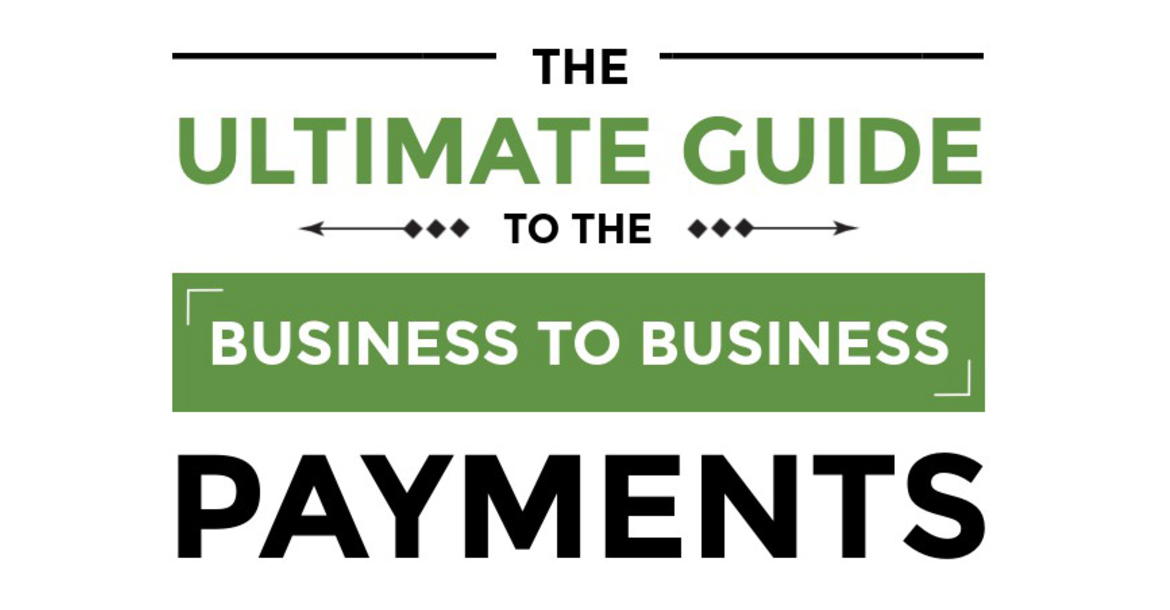The business to business payment experience has undergone a tremendous evolution that is slowly moving the overall transaction process from paper money like cash and checks to virtual cash. Advancements in payment technology, combined with growing acceptance and security with using an online environment to transmit payments, has helped businesses advance and even provided opportunities for new types of businesses, stimulate the growth of the freelance economy, and provide a way for many developing economies to compete in the global environment. We have developed a SlideShare presentation that has a timeline with some of the many key events that have been integral in changing the B2B payments landscape.
1850 saw the start of American Express, which still operates today and is one of the preferred business payment companies. In 1887, a science fiction writer predicted that the future would see many people using what have become known as debit cards. In the 1920s, the first bank cards emerged while the 1940s saw Diner’s Club introduce a card that could be used for payments in restaurants. Credit cards have started to become more common practice for B2B payments, growing from 3% of all B2B payments in 2011 to 10% by 2014.
ACH started in 1974 with electronic linking among all local ACHs by 1978. By 2000, ACH accounted for $4.8 billion in B2B payments. This dramatically grew to $22 billion by 2014. Other technological advancements in B2B payments include the development of a Software-as-a-Service platform for invoicing and B2B payments in 2000 as well as PayPal’s introduction of group invoicing in 2014 where businesses could send up to 100 invoices at one time.
These exciting events have illustrated how technology has become a larger part of how businesses operate across all aspects of their organizations but most notably with payments to other businesses, such as vendors, suppliers, manufacturers, outsourced talent, freelancers, employees and more. It will be interesting to see just how fast and different the B2B payments environment becomes in the next few decades. Until then, if you want to learn more about the history of B2B payments, be sure to view our SlideShare presentation.












